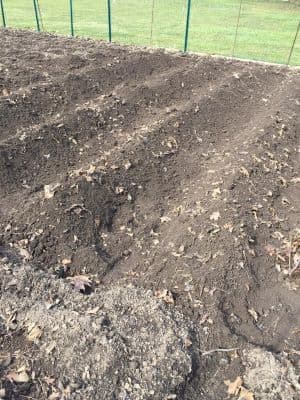Dry Farming Crop Technique

About Dry Farming Crops
Dry Farming is a crop growing technique. It is used mostly as a matter of necessity in arid regions where little water is naturally available. The concept is simple….water is not added to the crops after planting. The plants grow, utilizing existing moisture in the soil, and whatever rainfall occurs. And if there is a rainy season, growers plant crops during the rainy period. Dry farming can easily be used in your home garden.
Dry farming is believed to result in more concentrated flavor, especially in tomatoes. It also reduces water consumption. Dry regions often use dry farming or a variation of it.
Important Note: Those who practice dry farming need to be prepared for potential crop failures.
Plants Used in Dry Farming
Selecting the right plants is important. This gardening technique is not suitable for all crops. However, you can use it on many vegetable crops. And, there are many drought-tolerant plants that are good candidates. Growers typically use the technique with winter wheat, corn, beans, and even tomatoes.
We recommend you read about the individual plants you are interested in growing. If there is an indication of drought tolerance, the plant is a good candidate.
How it Works
The process is simple. In arid regions, time your plantings to when you receive the most rainfall. Make sure to also give consideration, to the frost-free time in your area.
After planting seeds, or transplants, no additional water is provided. During dry periods, the plant’s root system will go deeper in search of moisture. When rain does occur, the plants will readily soak it up.
Does it work? The answer is yea…in certain areas and under the right conditions.
Is it right for your home garden? …. You be the judge. Certainly, in arid regions, you may not have many other viable options.
Related Articles
People who like this article will also like:
Please support our site. Shop for:
- rmmatthews100@hotmail.com
- 585-721-6528
- Rochester, NY
©1999-2024 GardenersNet.Com, All Rights Reserved

